My first of four late summer/early autumn visitors was my
friend John who came for a week. I know
John from when I lived in Chicago in 2002, but he now lives in Louisville. John likes to get out hiking but prefers
hikes that aren’t too long and strenuous, so I tried to figure out an
interesting day where we could combine some time in the outdoors with a little
bit of sightseeing. A hike listed in one
of my guidebooks that appealed to be for being in a different part of the state
than I’ve been in before but also not to strenuous was the trail through Trout
Creek Canyon in the Big Belt Mountains.
The Big Belts are one of several mountain ranges in central
Montana east of the main ranges of the Rockies known as the island ranges. I believe the name comes from isolated like
islands surrounded by plains rather than connecting with other ranges. Trout Creek Canyon is a scenic canyon as much
as two thousand feet deep in spots about 20 miles east of Helena and a few
miles from the dam which creates Canyon Ferry Lake, a big reservoir southeast
of Helena. The in-and-out hike is only six miles round trip with an easy
elevation gain of only 650 feet – piece of cake!
The drive into the trailhead through a farmed valley is very
scenic. I kept thinking it looks like that Big Valley TV show set in a western
valley we watched when I was a kid. When
we got to the trailhead John wasn’t keen on the bear warning signs. There’s going to be a bear warning sign at
almost every mountain trailhead in Montana, though, and this part of the state
isn’t grizzly range.
I brought my bear
spray with me anyway, though, and let John carry it.
Overall the hike was like a walk in the park, the first
stretch even a wide gravel path accessible for wheel chairs. Nothing was really steep and we were back at
the trailhead in less than three hours without a bear sighting even after
taking a leisurely lunch at the turnaround spot. Trout Creek Canyon is scenic overall but not
one of the best I’ve seen.
My last two times in Helena were during the winter in 2009
and 2012, so my impression of the place is of a cold, snowy mountain town. That’s actually not accurate, though. While between ranges of the Rockies and on a
slope that makes it feel somewhat mountainous, Helena is lower in altitude, significantly
drier and less snowy than Bozeman, and warmer in summer on average. This time crossing
the rather arid valley of the Missouri River from the Big Belts to the city on
a hot day, it felt more like a desert town.
Helena is a quite historic town, one that was founded on a
gold rush mining boom in the mid-1860s.
It won out over several other
contenders to become the location of the state capital, but with just over
30,000 people in the city limits it’s said the be the fifth smallest state
capital in the country. Helena’s historic core and impressive old buildings around
now pedestrianized Last Chance Gulch make it feel like a bigger city than many
newer but more populous places. On the other hand, with state government and
Carroll College it’s a more prosperous place than Butte, the other big town in
the state with mining origins about 50 miles to the south.
Besides the downtown core, Helena’s two urban attraction we
visited are the Montana State Capitol and the Cathedral of Saint Helena. The latter is a big church modeled after the
neo-Gothic Votive Kirche in Vienna. The church’s stained glass windows are beautiful,
but artistically it, of course, doesn’t compare overall to churches in Europe.
For a small state, Montana has an impressively large state
capitol building. It was hard for me to believe that there was no security
check to enter, since in recent years when I went to the Colorado state capitol
building in Denver on business I always had to be show ID, empty my pockets,
and be scanned as if I were about to go on an airplane.
Unlike when I was there
in March 2009 when the legislature was in session and it was a busy place, in
August the capitol building was dead. I was able to go view the House and
Senate chambers, though. What’s almost equally
impressive are the huge park around the building and immaculately landscaped
grounds.
This was also my second time at the Montana Historical
Society, the state’s history museum in a building across the street from the
capitol grounds. Overall I find this one to be pretty good as far as state
history museums go. Probably the highlight of the museum is the second largest
single collection of Montana cowboy artist Charles M. Russell’s works, probably
my favorite painter of the American West.

 Helena, Montana, United States
Helena, Montana, United States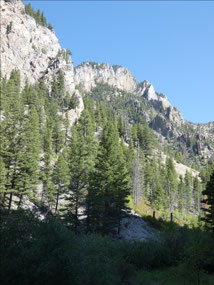
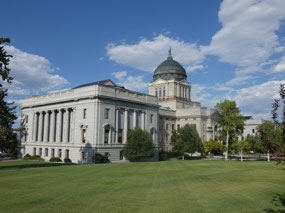
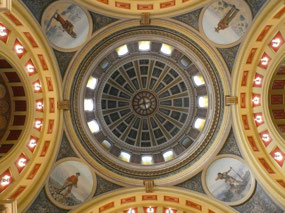


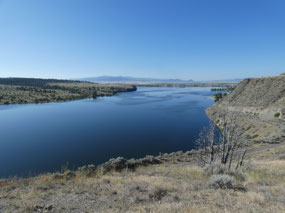
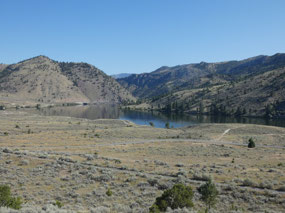
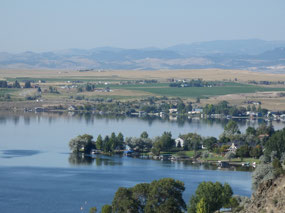

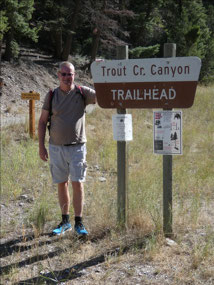
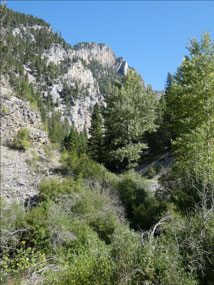
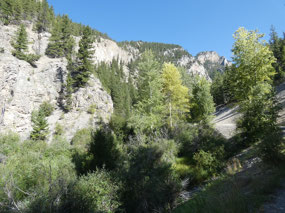
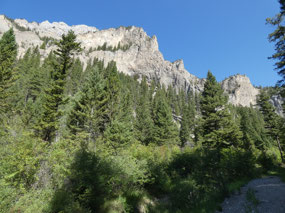
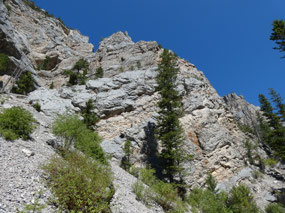
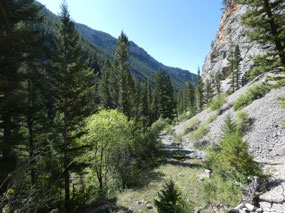
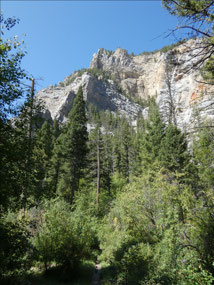
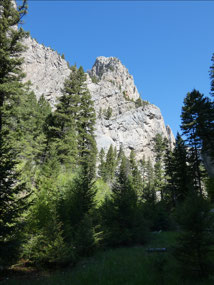
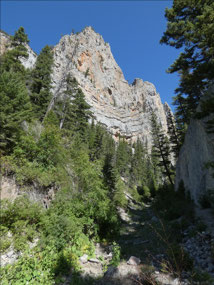
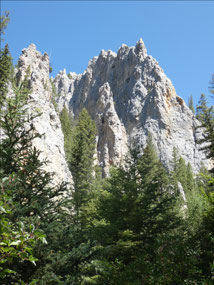
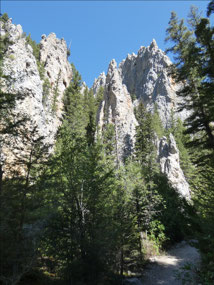
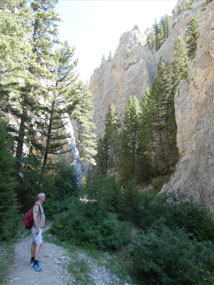
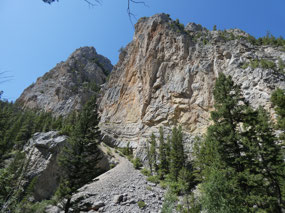
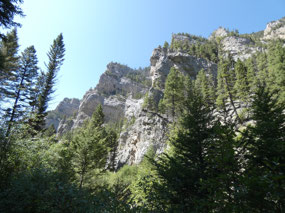
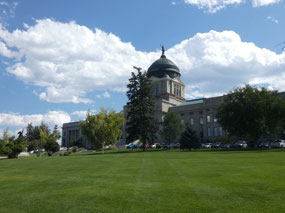
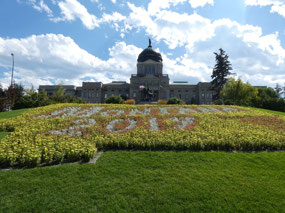
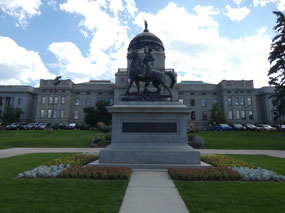
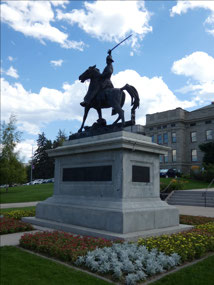
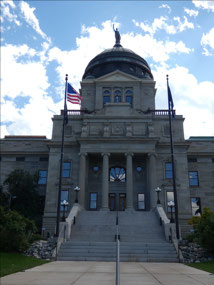
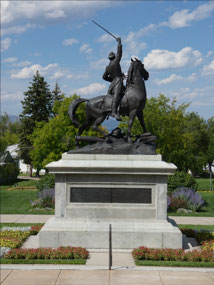
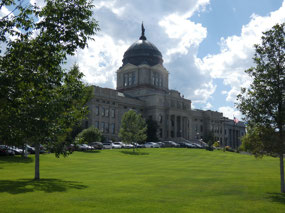
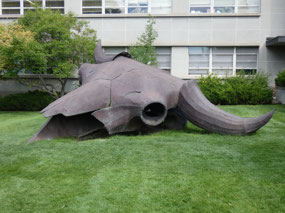

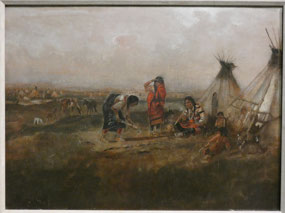
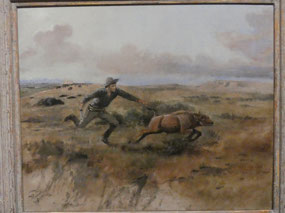
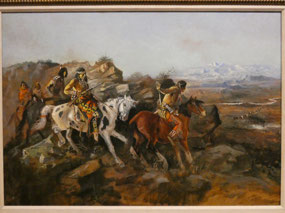
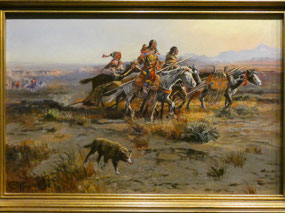
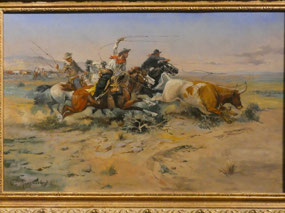
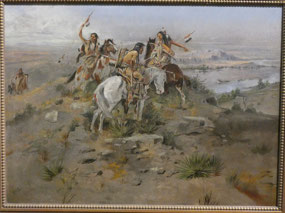
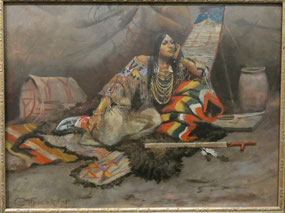
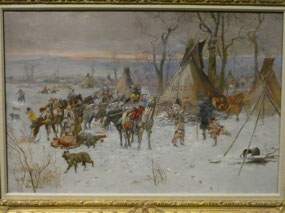
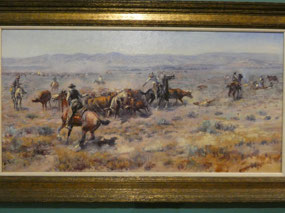
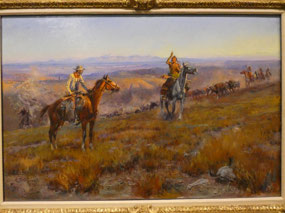
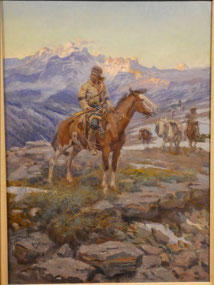
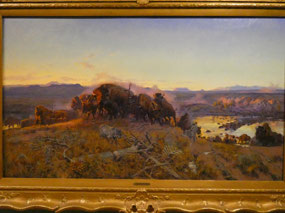
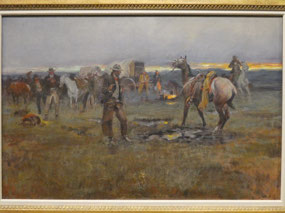
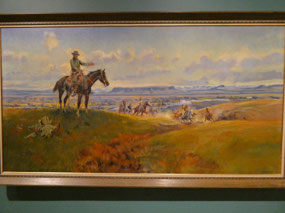
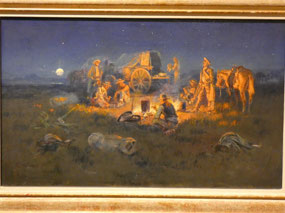
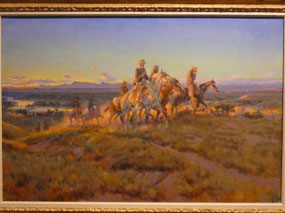
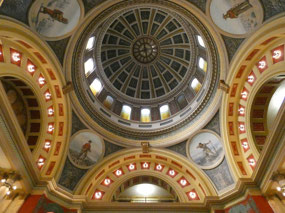
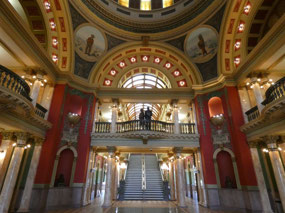
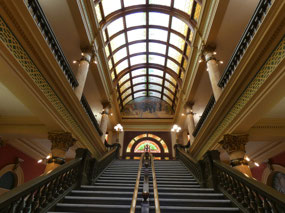
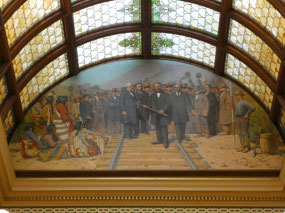
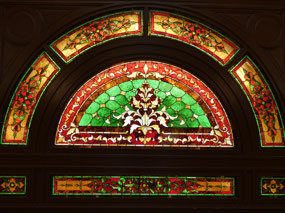
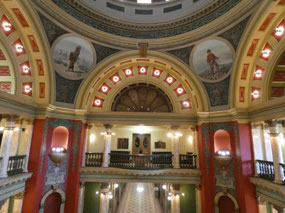
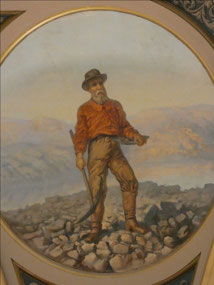
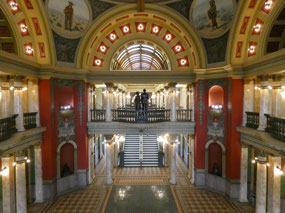
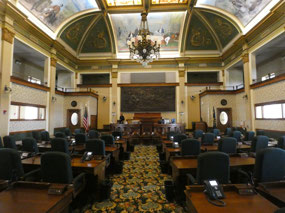

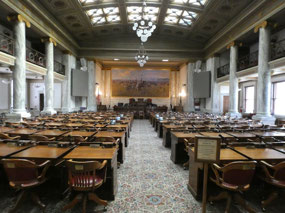
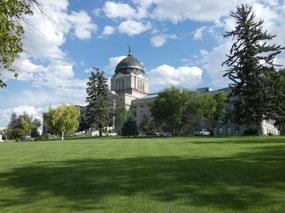
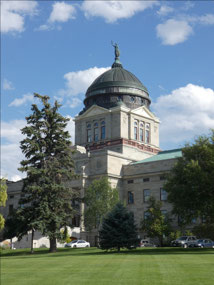

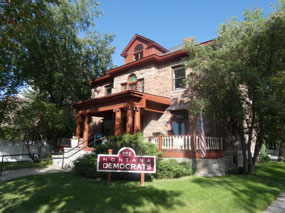
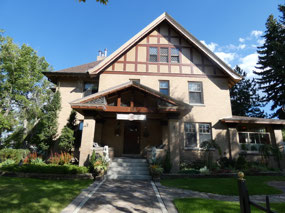
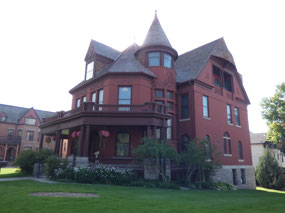
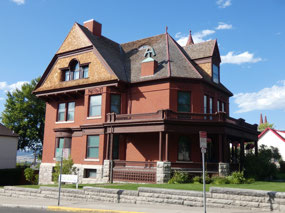
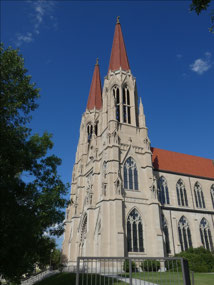
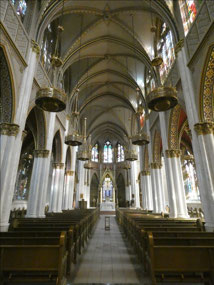
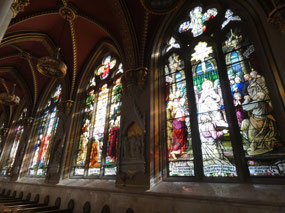
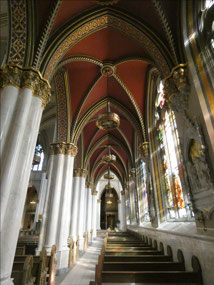
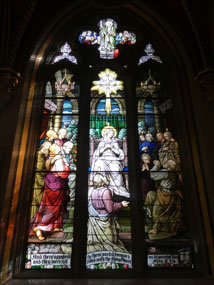
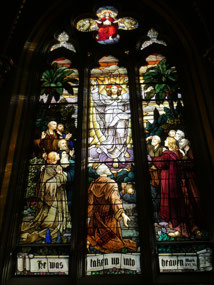
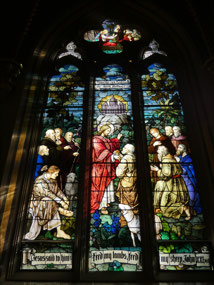
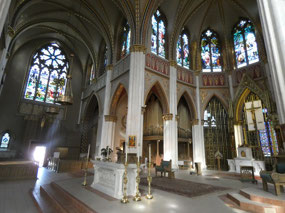
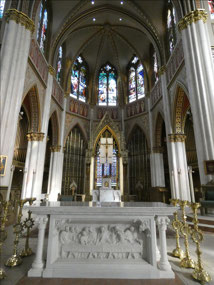
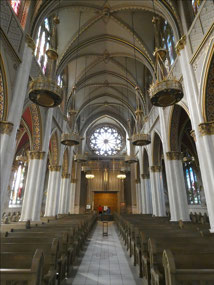
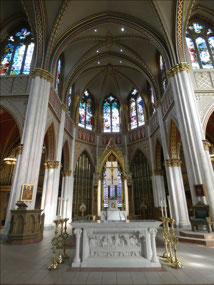
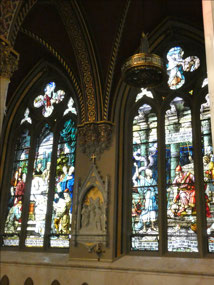
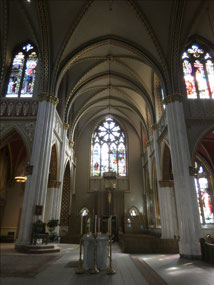
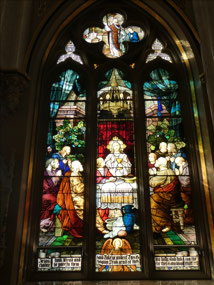
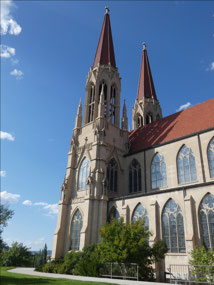
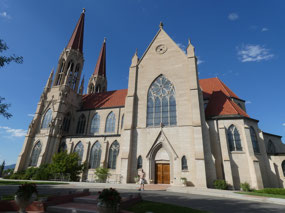
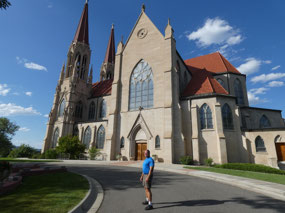
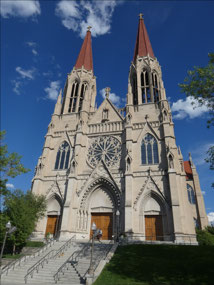
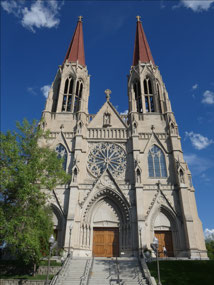

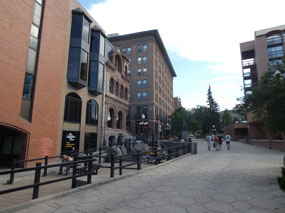
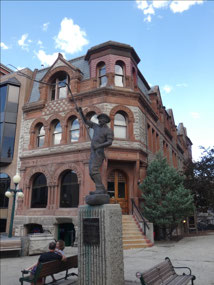
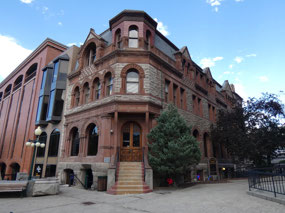
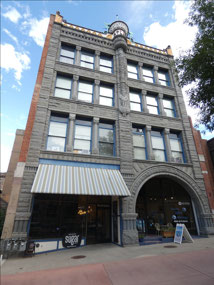
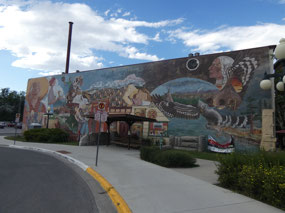
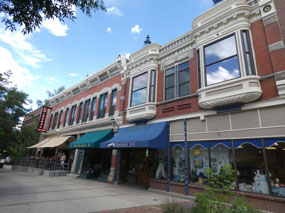
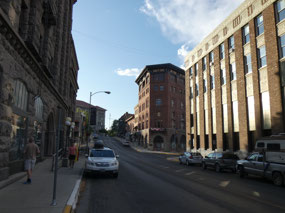
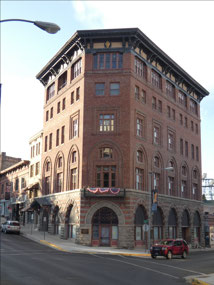
2025-05-22